Animal sleep habits are as varied as the animal kingdom itself. Numerous factors, including age, species, diet, size, and environment, influence sleep patterns, locations, and durations. Despite extensive research, some sleep behaviors in animals remain a mystery.
While sleep is fundamental, its exact purpose is still not fully understood, both for humans and animals. Despite the dangers and missed opportunities for activities like hunting or reproducing, animals prioritize sleep, indicating its crucial role in survival.
Studies have shown that lack of sleep adversely affects animals, highlighting its importance lets Discuss How Do Animals Sleep.
Exploring animal sleep patterns is fascinating and may provide insights into human sleep.

Do All Animals Sleep?
From armadillos, who sleep most of the day, to giraffes, who rest only a few hours, it’s widely believed that nearly all animals sleep.
However, there’s some debate about whether certain species, like reptiles and invertebrates, truly sleep due to limited research.
Current evidence suggests that all animals have some form of rest period.
Sleep varies across species but generally involves periods of inactivity and reduced response to stimuli. Different groups of animals exhibit diverse sleep behaviors.
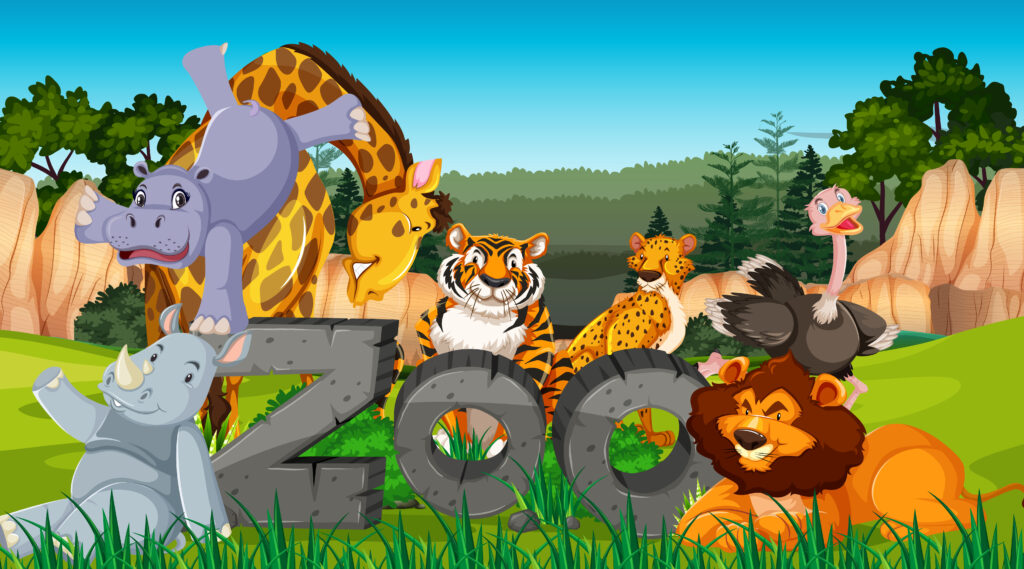
Land Mammals.
Most land mammals sleep at some point during the day, and many even dream.
Their sleep needs depend on factors such as size, age, habitat, and predator-prey status. Hibernating animals, like bears, adjust their sleep durations based on climate and season.
Predators usually sleep more than prey, especially those without predators of their own. Prey animals tend to sleep longer only if they find a safe place.
For instance, wild elephants, the largest land mammals, sleep just two to three hours daily, mainly taking short naps while standing.
In contrast, smaller omnivores like armadillos sleep up to 20 hours a day, likely because they can easily hide while sleeping. Sloths, particularly in captivity, can sleep around 16 hours daily, adjusting their sleep patterns to avoid nocturnal predators. Other mammals also alter their sleep habits based on predator presence.
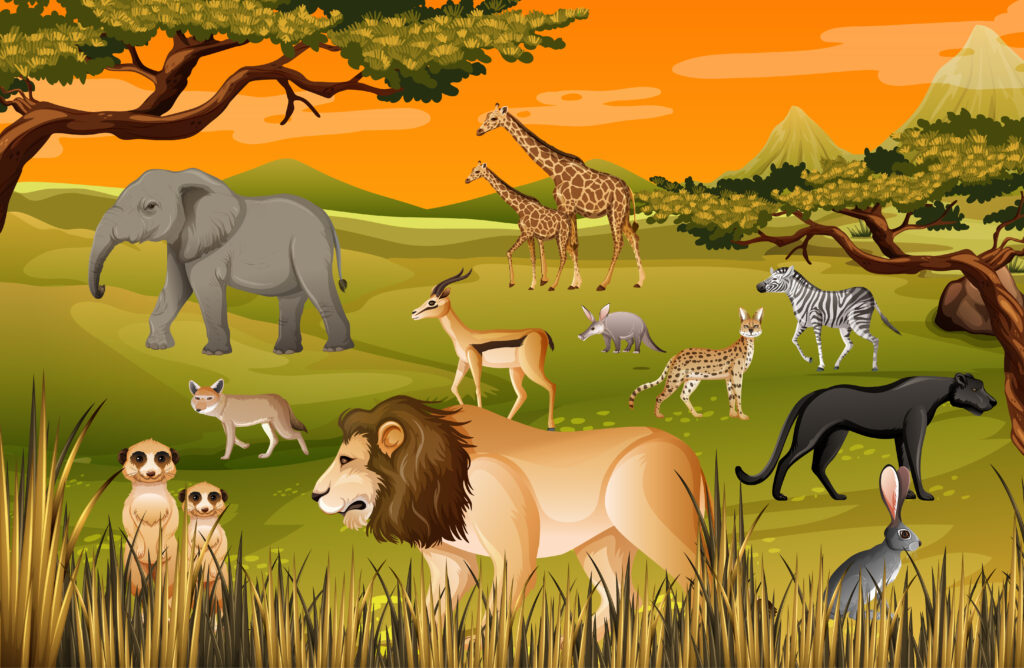
You Can Also Like To read this blog post:- Do Bees Sleep at Night?
Marine Mammals.
Dolphins and whales exhibit unihemispheric sleep, where half the brain remains awake. This allows them to continue swimming and monitor their surroundings while resting.
This type of sleep helps marine mammals surface for air and regulate their body temperatures.
Marine mammals that live on both land and water, like walruses and fur seals, have different sleep patterns.
Walruses can swim continuously for up to 84 hours but prefer to sleep on land. Fur seals, on the other hand, often sleep in water, engaging in unihemispheric sleep.
REM sleep, associated with dreaming and memory consolidation, is rarely observed in marine mammals, likely because muscle relaxation during REM could be dangerous in water.
However, fur seals and walruses exhibit REM sleep when they sleep on land.

You Can Also Like To read this blog post:- The Importance Of Sleep For Animals
Reptiles and Amphibians.
Research on reptile and amphibian sleep is sparse, and it was once believed that many didn’t sleep at all.
The bullfrog, for instance, was thought to never sleep based on 1960s studies. However, newer research has expanded the understanding of sleep in these animals.
Studies on iguanas and bearded dragons indicate that reptiles do experience a sleep-like state. Some reptiles, such as crocodiles, exhibit unihemispheric sleep.
Amphibians also have a rest phase, though less is known about it compared to reptiles.

You can also read this blog post:- Do Fish Sleep At Night | Do Betta Fish Sleep At Night?
Birds.
It was once thought that birds could go days without sleeping due to their ability to fly continuously.
However, it’s now believed that birds can sleep while flying. Ducks, for example, sleep in groups for protection, with those on the ends keeping one eye open for predators.
Birds tend to have more REM and deep sleep when sleeping on higher, safer perches.

Fish.
Many fish show distinct sleep and wake states. Some become completely still, while others keep their fins moving to breathe.
Sharks and rays exhibit reduced activity periods, though it’s unclear if this is true sleep.
Recent research suggests that even jellyfish, one of the oldest life forms, sleep, supporting the theory that sleep is an ancient, vital process.
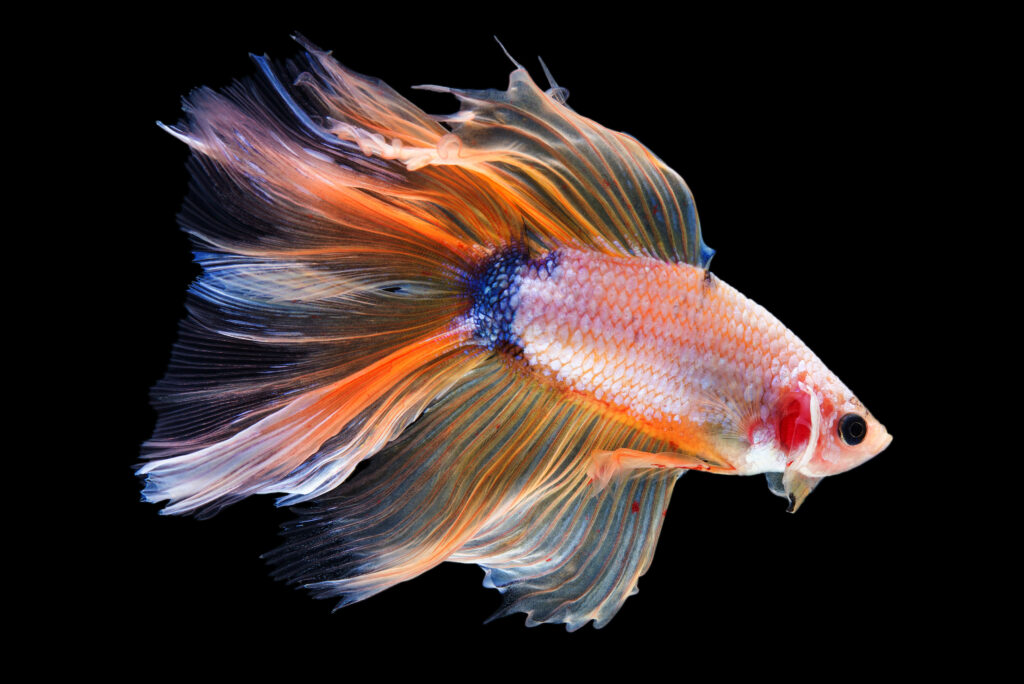
Invertebrates.
Invertebrates, despite their differences from humans, also need sleep. Flies and crayfish display similar brain activity patterns to humans during sleep, and lack of sleep can be fatal for flies and cockroaches.
Even primitive flatworms seem to sleep daily, indicating sleep’s evolutionary significance. Bees’ sleep varies with age and role within their social structure.
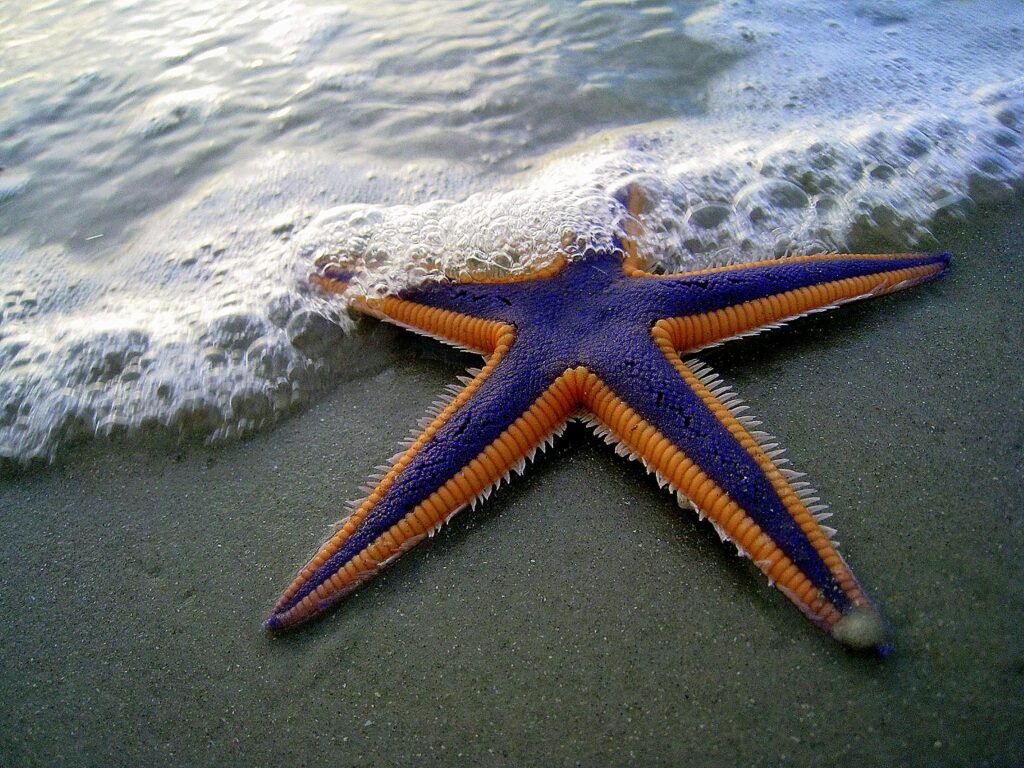
What Animal Sleeps the Least?
While humans typically need seven to nine hours of sleep, many animals require much less.
Large animals often sleep less than smaller ones, and grazing animals sleep less than predators due to their need to spend much of the day eating. Here are some notable examples of short-sleeping animals:

Sheep.
Sheep, like humans, are diurnal and sleep mostly at night, totaling about five hours a day.
As ruminants, they need to spend much of the day upright to eat, limiting their REM sleep, which occurs when lying down. Sheep spend about 2.5% of their sleep in REM, much less than humans.

Giraffes.
Giraffes, the world’s tallest animals, sleep around four and a half hours daily, mainly in short naps. They spend most of their day eating, fitting sleep around their grazing schedule.

Elephants.
Elephants, also grazers, sleep only about two hours per day. Some have been observed staying awake for nearly two days while fleeing poachers. They choose new sleeping spots each night due to their itinerant lifestyle.
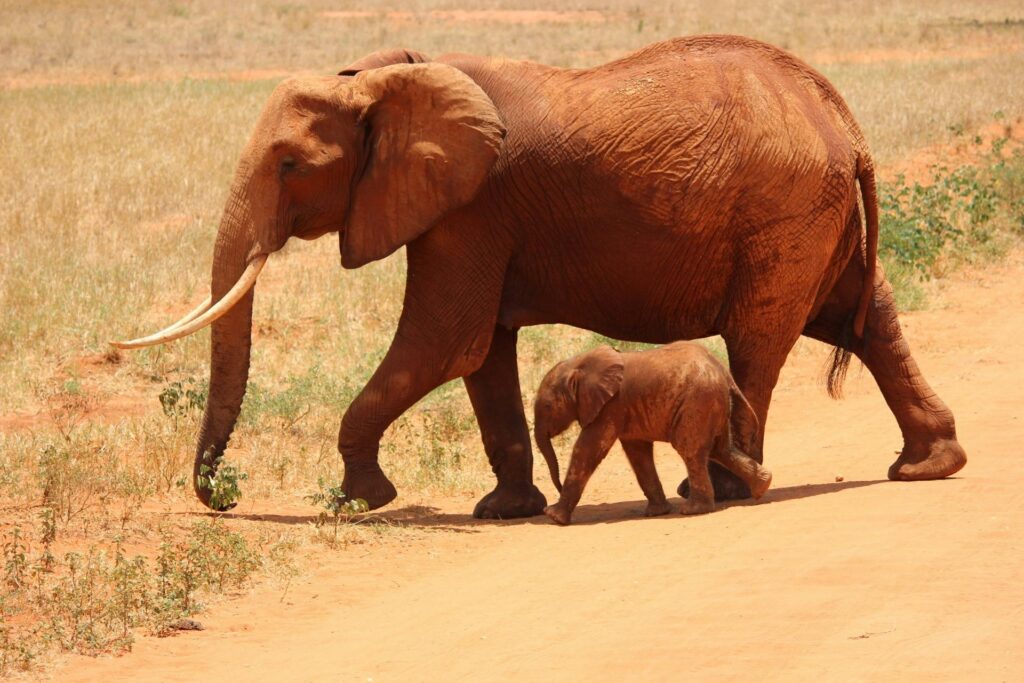
Walruses.
Walruses can swim for up to 84 hours without rest. When they do sleep, they may float in water, lie on the sea bottom, or lean against something.
They prefer sleeping on land, where they can sleep for 2 to 19 hours, often in short bursts.

Migrating Birds.
Migrating birds might sleep the least. They can sleep while flying, using unihemispheric sleep to keep one eye open and maintain flight.
Alpine swifts have been documented flying for 200 days nonstop, while frigate birds sleep less than an hour daily during 10-day flights, catching up on sleep once they land.

What Animals Sleep Standing Up?
Some animals have evolved to sleep while standing, potentially to escape predators quickly.
These animals have developed mechanisms to stay upright during non-REM sleep, but most need to lie down for REM sleep. Birds are an exception, with some species entering REM sleep while standing.
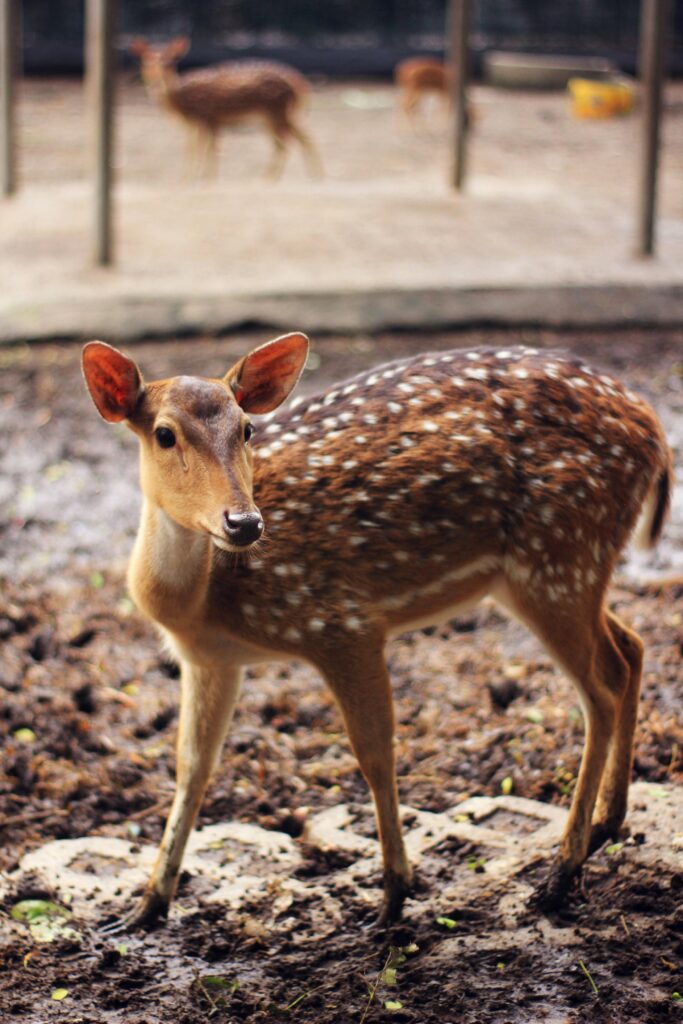
Horses.
Horses sleep five to seven hours daily, mostly at night. They spend about 80% of this time standing, using a “stay apparatus” to lock their knee into place, allowing them to rest without much effort.
They need to lie down for at least 30 minutes to achieve REM sleep.
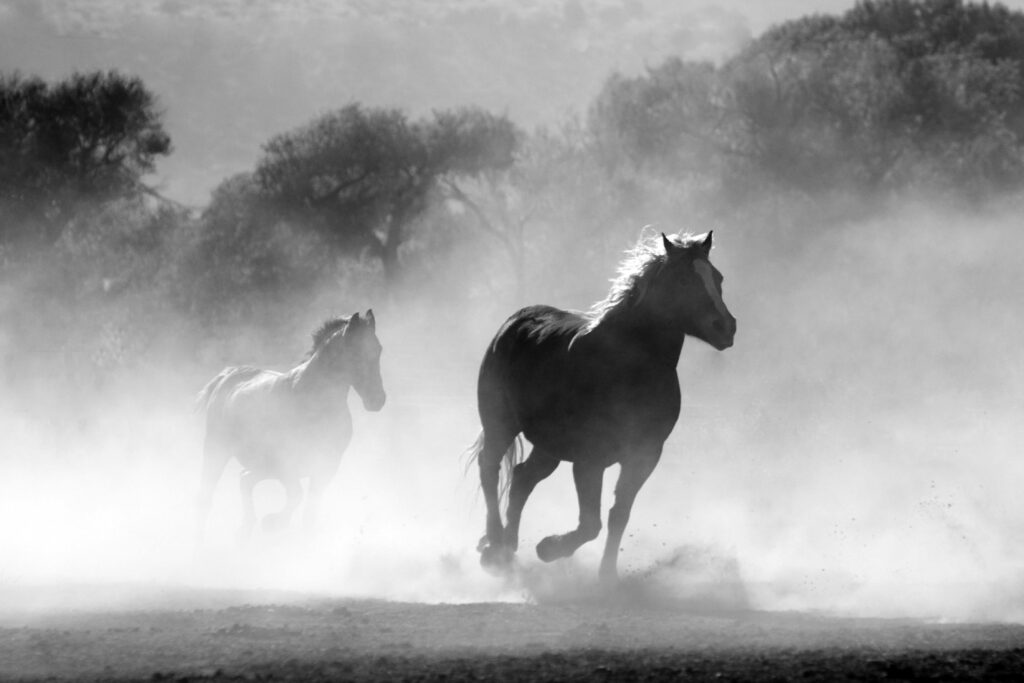
Flamingos.
Flamingos can sleep standing on one leg, thanks to a stay apparatus that locks their muscles and ligaments into place.
They often stand on one leg while awake and asleep to conserve energy.
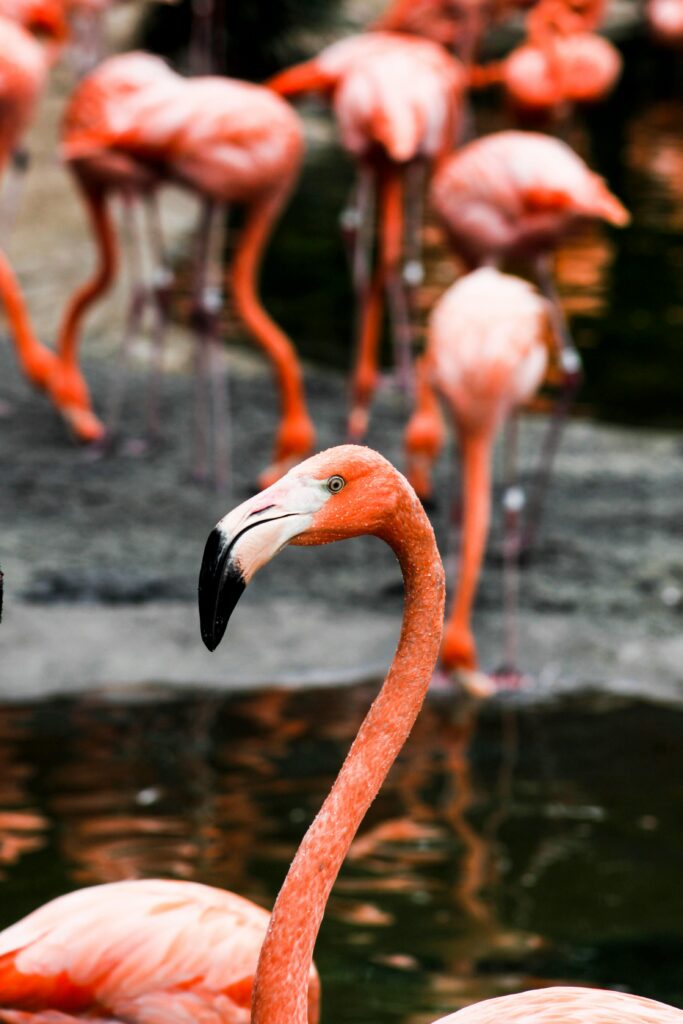
Cows.
Cows sleep about four hours daily, in short bursts. They stand during non-REM sleep but must lie down for REM sleep.
Lying down is also essential for their overall well-being, and deprivation can lead to behavioral issues.
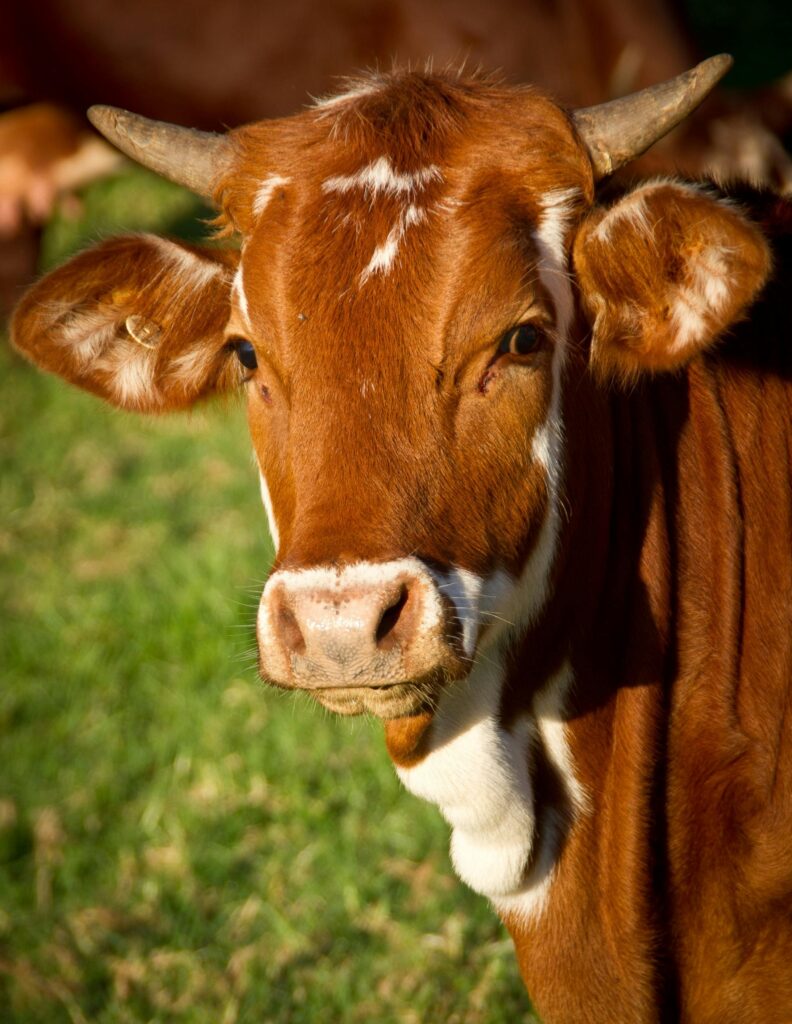
Understanding the diverse sleep habits of animals not only reveals the complexity of their lives but also offers potential insights into the evolution and purpose of sleep across species.


1 thought on “How Do Animals Sleep”